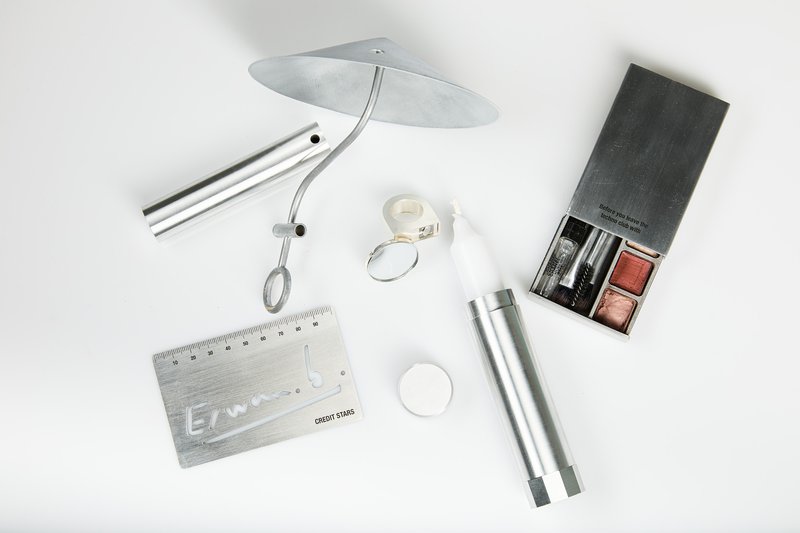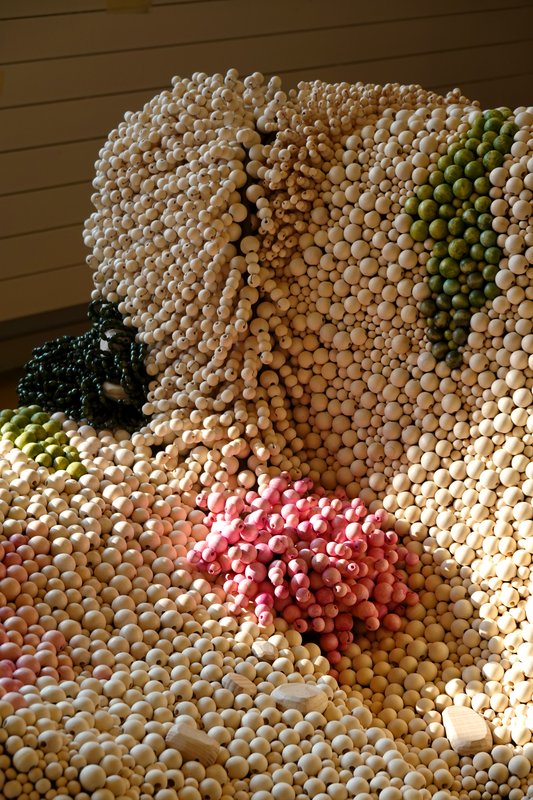
PRODUCT DESIGN
Natsumi Komoto – Baya
by Natsumi Komoto
Baya is a lounge chair inspired by animal nests. Starting with the question “Why do humans need to create?”, I explored instinctive structures built by animals—nests where function and form merge, offering a pure model of creation beyond culture and ornament. Baya’s CNC-bent stainless steel frame is imagined as branches, hand-wrapped with leather strips to form a personal nest that blends industrial precision with primal gesture. Leather, used since ancient times, softens metal’s rigidity and symbolizes the deep bond between nature and humans. Its enveloping form welcomes varied postures and moments of reflection, while the reconfigurable design fosters long-term care over short use. Baya quietly asks what sustainability means—physically, emotionally, and philosophically.
















































